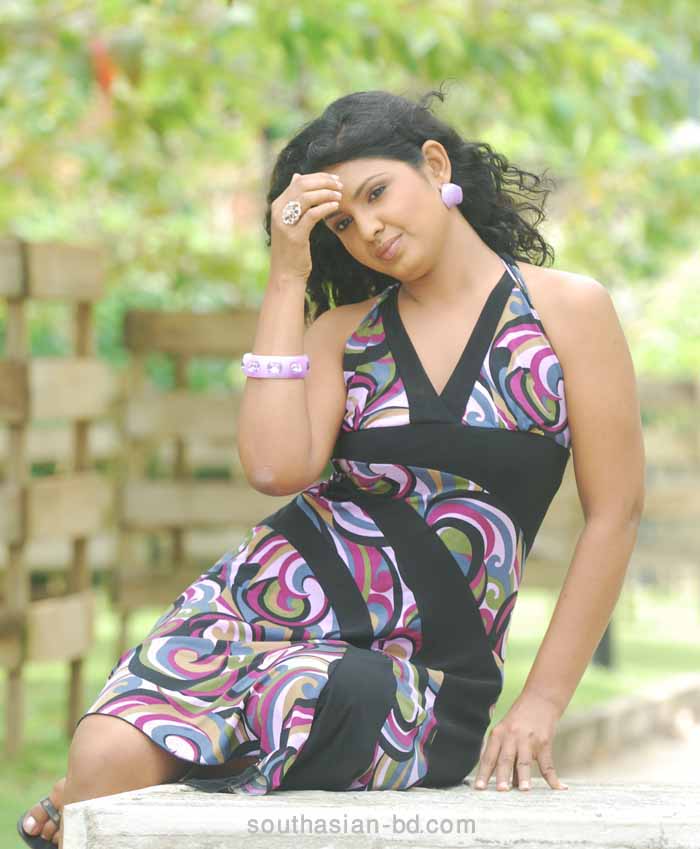Children’s marriages are arranged by parents according to Central Asiatic customs. They pick a appropriate boy or girl based on each person’s relatives history, financial situation, and social standing. This is referred to as “adat” in Kazakstan. The matchmaker ( “gyumzhan” ) looks for a girl with good qualities who belongs to the same tribe, family, and clan. If a female is discovered, the betrothal is commemorated with’ Yui- no’ ceremonies, which are similar to those used in classic Africa turkmen brides. Gifts like the Obi ( a sash ) that symbolizes female virtue and the Hakama skirt made of white Sendai silk that represents loyalty are exchanged.

The wedding ceremony itself is known as nikah. It is a religious ceremony that entails the bride and groom agreeing to get married after hearing ali pray and asking them to do so https://www.spring.org.uk/2023/02/long-distance-relationships.php. In order to prepare for career collectively, the bride and groom typically live apart until the wedding. To help her get to know her brand-new hubby, she receives advice from her female relatives and sings classic wedding tracks.
Both households prepare a sizable feast the day before the ceremony. Additionally, the bridegroom gives gifts to the woman’s community. In some places, the man gives the ladies a bride as well. Depending on the relatives, this may range from a sizeable sum of money to various belongings.
The bride is led or carried to her in-laws ‘ home on the wedding day. She is led to a curtain (koshogo, which is customarily hung in the center of the room ) and spends several weeks hiding behind it as her in-laws greet her and present her with gifts similar to more white headbands that stand for purity.
